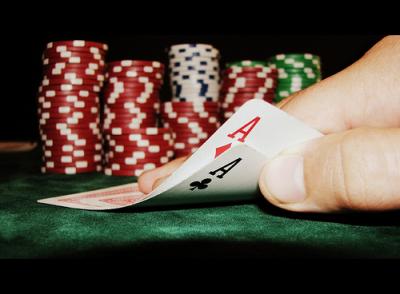Anger vs. happiness motion in the mouth area, was a good example of how similar movements can have meanings that are polar opposites. This should also prove the importance of being able to distinguish the slight differences between them. It is also just as important to realize that not all movements can be categorized into basic, easy to interpret feelings.
Every little curl and twitch means something different, and every combination of them together, further increases the possibilities. The reason I say this is so important is because often when first exploring the use of this skill, its common for a person to make a critical ‘error’ when trying to read the micro expressions of another person.
This isn’t because that person is an exception, or the information they’d learned was wrong or misinterpreted when you read it. Its because you don’t have all of the information.(Don’t feel bad, nobody can acquire, understand, and put to use, everything, all at once.) You probably noticed, I put the word ‘error’ in quotes just now, and that’s because the specific ‘error’ I’m talking about is completely avoidable.

For lack of better words, I’m going to call this type of error ‘filling in the blank.’ Here’s a scenario where this happens. You’ve decided that you want to try to learn to read people’s emotions through the micro expressions, and you’ve spent a little time researching how a few of the basic emotions show on the face. You’ve tested it out on a few friends, or family members with a fair amount of success and decide to have a seat at the table and give it a whirl. It doesn’t take long before you become involved in a hand where you are heads up preflop with an opponent, he 4 bet under the gun, everyone folded to you on the big blind. You are hold As Kc and decide to finish the bet and see a flop. Heres your chance! You think as you watch his face closely as the flop comes out. Nothing, not a single movement on his face. You look down and see that the flop is 7h 4h 2c, and hasn’t helped you, and you check to the raiser. He puts out a bet of about ½ pot, and you decide the flop was weak enough to call it with 2 over cards, and you look back at him to watch his face when the turn card comes out. This time you see movement. One corner of their pressed together lips curled upward(one side) for just a fraction of a second. You do a quick rundown in your head of what you learned, or researched so far.
**Here is the error** “I only saw one corner curl, but that probably doesn’t matter.” WRONG. “Well… it kind of looked like….” WRONG. (Most common} ”Curling lips in general means happy or angry.“ WRONG.
The correct, and hardest thing to do in this instance, is to recognize that you are dealing with an emotion you ARE NOT YET FAMILIAR WITH. This is literally a science and you can’t generalize the information by as I called earlier, filling in the blanks. Just to show you why, lets finish this hand using the more common, of the ‘error’ approaches listed above.
You decide its either happy or angry, and you didn’t see teeth, so you come to the conclusion, he’s happy, so that card must’ve helped him! You then look down to see a 3 of hearts. Normally a blank, but there are now three hearts on the board, and you don’t have any in your hand. You check to him, and again, he puts out a half pot bet. Now your line of thinking has changed, you think hes happy, and a bet that size is surely just trying to get value, so you fold. When you fold, you proudly turn over AK to justify your pre and post flop calls, and ability to get away from a monster hand. But right after, your opponent laughs and turns over Ax10x, also not holding any hearts. You immediately feel your stomach knot and can’t believe all the time you put in learning about facial expressions, just cost you money. [Read more…] about Poker Guide – Micro Expressions